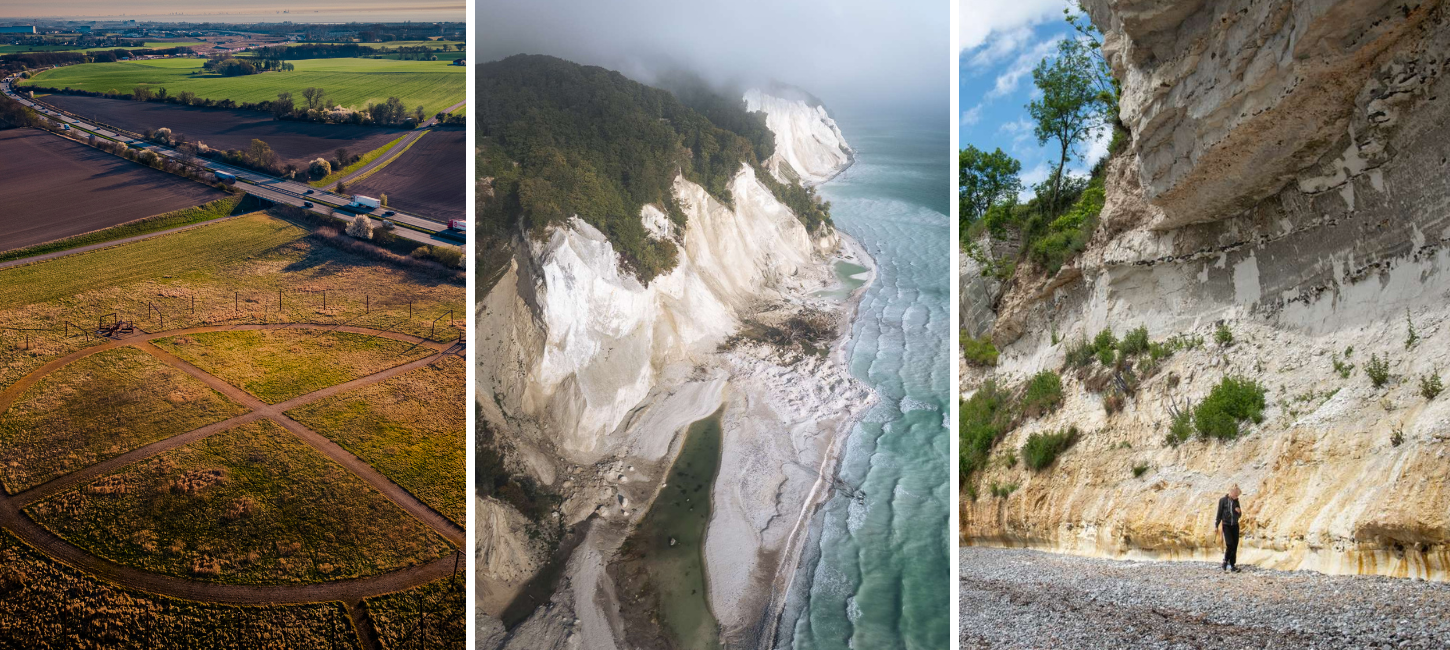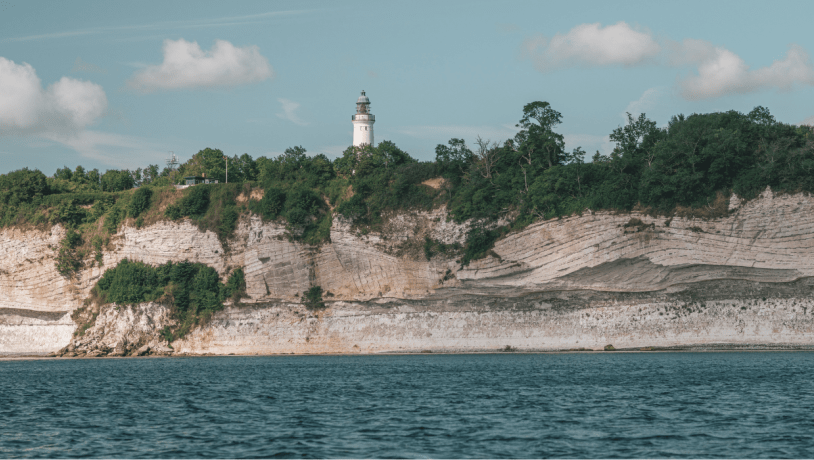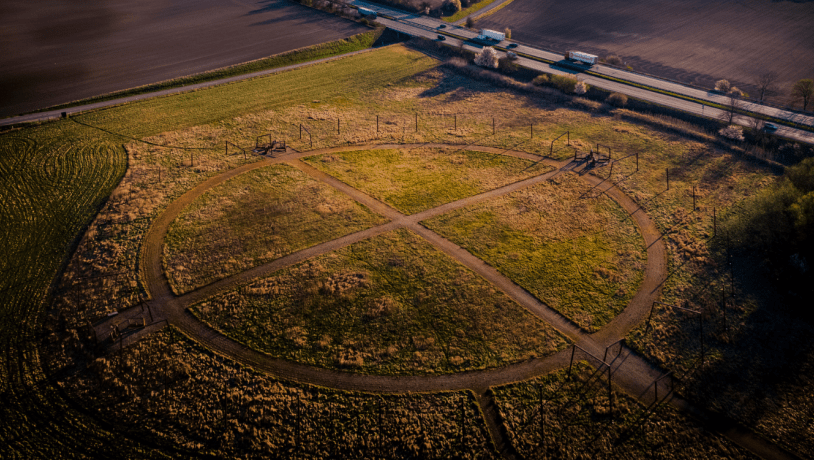GeoCenter Møns Klint
At one of Denmark’s most beautiful and most visited natural attractions, Møns Klint, you’ll find GeoCenter Møns Klint. An experience centre that tells...

A small fragment of our shared history – so unique and significant that it’s been deemed worthy of preservation.
Some places are so spectacular that they hold exceptional cultural and natural value – not just for one people, one nation, or one continent, but for all humankind. In other words, they are irreplaceable.
Such places make it onto UNESCO’s World Heritage List, and on South Zealand and Møn, we’re proud to have not just one, but two unique coastal cliffs that have earned the prestigious UNESCO title – plus an ancient ring fortress dating all the way back to the Viking Age.
Here are three Danish UNESCO attractions on South Zealand and Møn that will take you on an extraordinary journey through time – and they’re all close enough to experience within a single weekend.
One of Denmark’s most breathtaking natural areas is also among the world’s most unique.
About 70 million years ago, Denmark was covered by a tropical sea. In that sea lived billions of microscopic algae called coccoliths. When they died, their shells sank to the seabed, forming thick layers that over time were compressed into chalk. During the last Ice Age, massive glaciers pushed the chalk upwards into arches and folds – and thus, Møns Klint was born.
The 128-meter-high chalk cliffs of Møn are Denmark’s latest addition to the UNESCO World Heritage List, though the area has long been recognized as a UNESCO Biosphere Reserve. In the Klinteskov forest, ancient beech trees grow alongside rare orchids, while the sunny meadows are home to countless colorful butterflies.
Look up, and you might spot a peregrine falcon hunting its next meal – or wait until nightfall to see a sky full of dancing stars. Møn and its neighbor Nyord are one of the few Dark Sky Parks in the Nordic region, where minimal light pollution makes it possible to experience the wonder of true darkness and a dazzling night sky.
Møns Klint is a living, breathing organism – all year round.

Photo:Frame & Work
One of Denmark’s most dramatic coastal landscapes hides a story reaching 66 million years back in time.
That’s when a giant asteroid struck the Earth with such force that it caused devastating earthquakes, terrifying tsunamis, and sent dust and ash high into the atmosphere, darkening the planet. The impact triggered a collapse of ecosystems – marking the end of the mighty dinosaurs, but also the beginning of the world as we know it today.
Even after all these years, the traces of that cataclysmic event can still be seen at Stevns Klint. In fact, it’s one of the best places in the world to see evidence of the mass extinction.
A thin layer of fish clay lies wedged between the white chalk layers, and researchers from across the globe travel here to study one of the most pivotal moments in the history of Earth – and humankind.

Photo:Mads Tolstrup
It took more than 1,000 years from when the ring fortress near Køge was built until it was rediscovered with the help of modern technology. Archaeological excavations in what seemed like an ordinary field revealed that one of Harald Bluetooth’s five Viking ring fortresses had been hidden underground for centuries.
The mathematical precision required to build these fortresses is astonishing, and experts believe Harald Bluetooth enlisted help from abroad – for the ring fortresses had to be nothing short of perfect.
These circular ramparts were symbols of royal power and unity – gathering points for the kingdom, the military, and the faith. During Harald Bluetooth’s reign, Denmark was united as one realm, and the old Norse religion was replaced by Christianity. That makes the ring fortresses a central part of Danish history.
The four other ring fortresses are Aggersborg, Fyrkat, Nonnebakken, and Trelleborg.

Photo:Peter Leschly